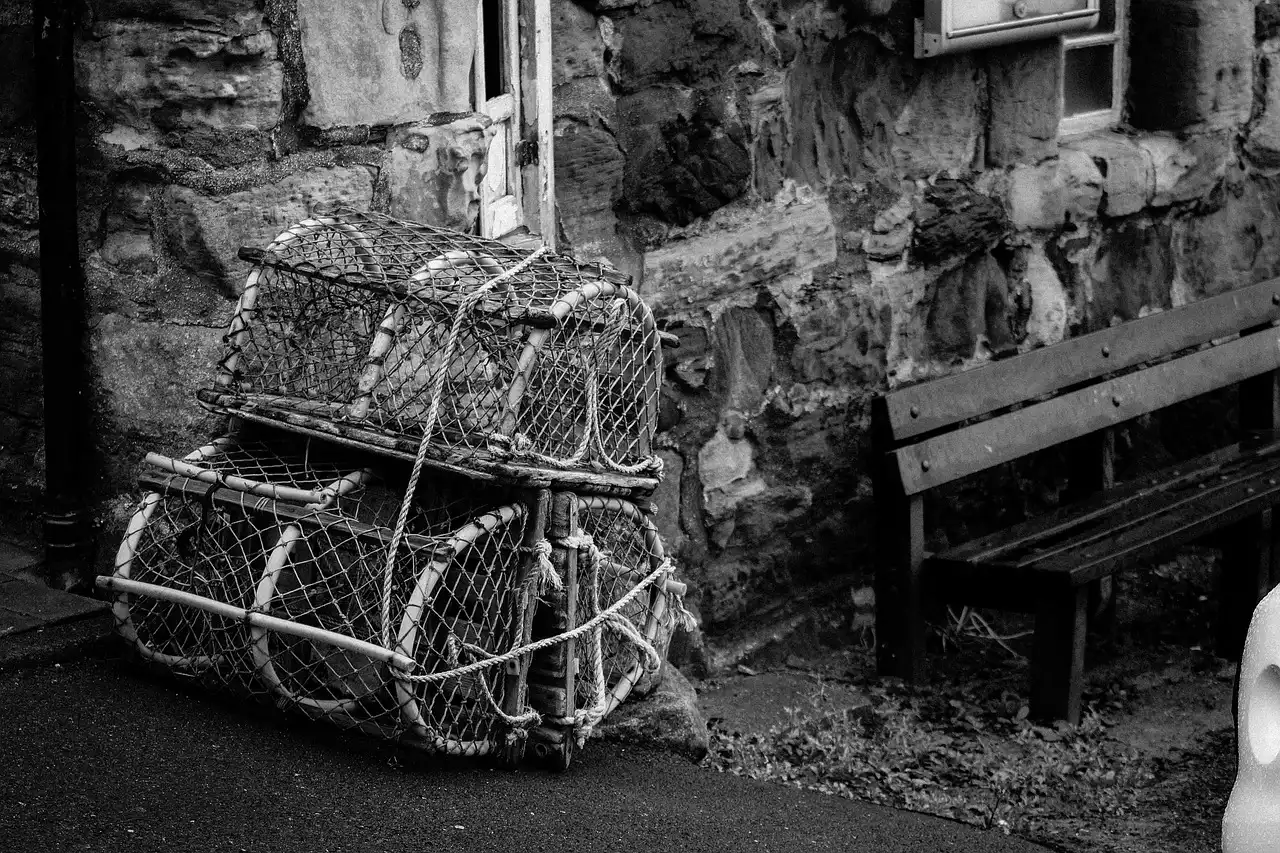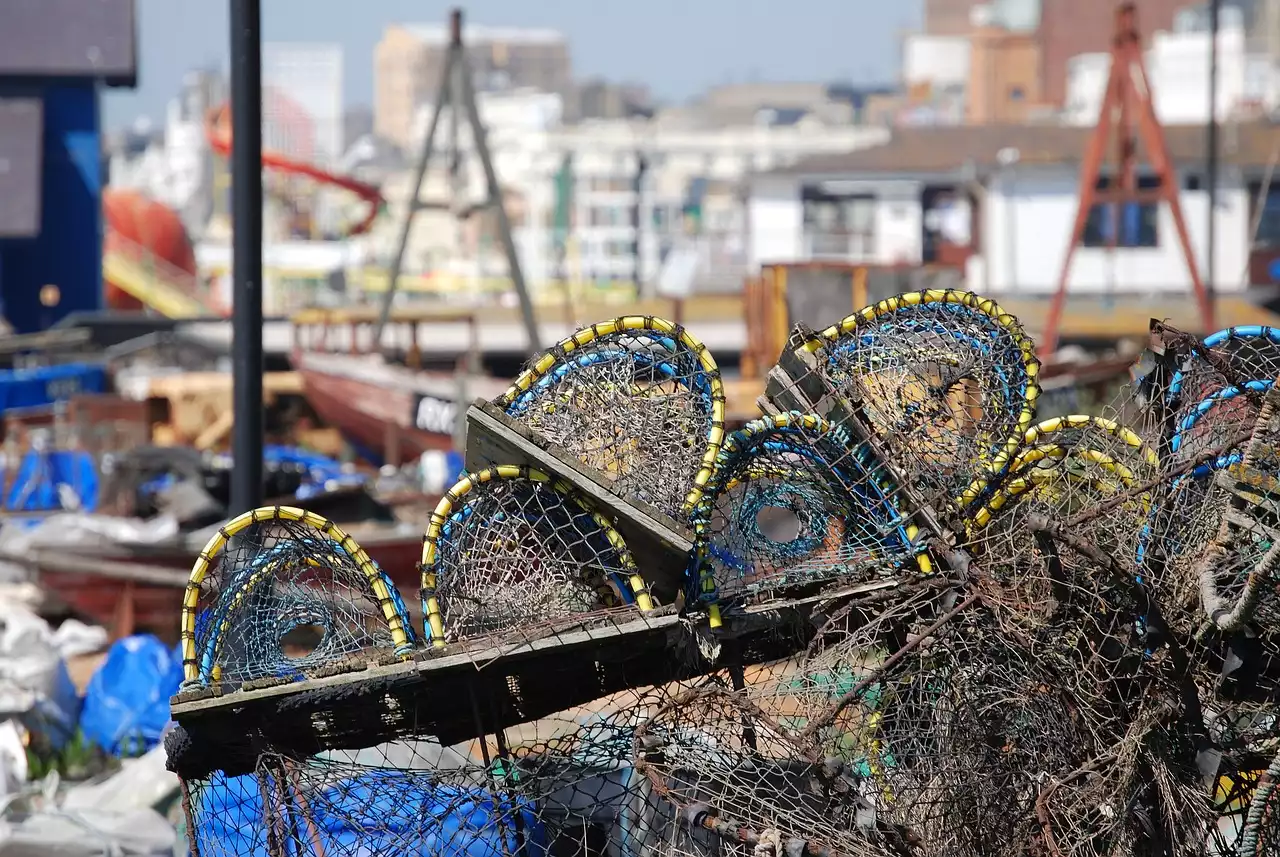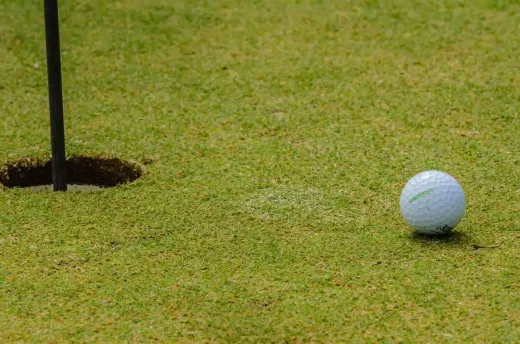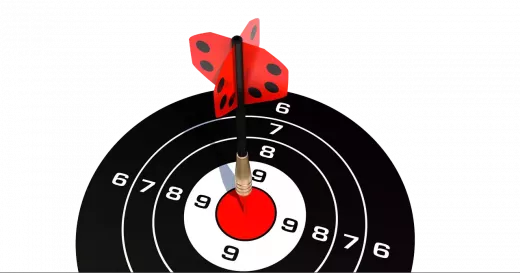What is Trawling?
Trawling is a fishing method where a net is dragged behind a boat and then lifted to collect caught fish. Bottom trawls are nets that are hauled along the sea bed. When trawling, a net is dragged behind a boat with a series of large hooks and a heavy mesh. When the net is hauled, the fish get tangled in the mesh and are pulled up with the net. For centuries, people have been fishing with nets. Early nets were thrown from canoes or boats with a scoop-like device attached to the end. As technology advanced, so did fishing methods. One of these was the modern version of trawling.
Trawling Equipment
Modern, industrial trawling is done with a huge net and a huge boat to drag it behind. The net is usually around two kilometers long and can be as wide as eight meters. To haul this monster, you need a boat that can withstand the strain. The typical trawler is around 50 meters long, with a beam of ten meters. These boats have giant engines and winches to haul the nets and are built to withstand the enormous strain of towing a heavy net. There are different types of nets used for different fish. Bottom trawls are the most common and are used to catch fish that live on the sea floor, such as cod and haddock.
Pros of Commercial Fishing Trawling
One of the key benefits of commercial fishing trawling is that it has a low running cost as fuel is relatively cheap. The large net and vessel needed for trawling can be used for different species of fish, so there is some flexibility. You can also use different types of gear and nets depending on what you want to catch. Trawling is a very scalable form of fishing the amount you catch in a day is determined by the size and power of your boat and the size of your net, not the number of people you have on board. This makes it an ideal way to earn a living, particularly for small-scale fishers.
Cons of Commercial Fishing Trawling
There are several criticisms of commercial fishing trawling, and indeed fishing in general. The method is damaging to the seabed, and can also cause harm to other species and habitats. The main impact of trawling is that it causes large-scale disturbance of the seabed. The giant nets rake the sea bed and stir up sediment, destroying habitats and suffocating other creatures. They also break up the habitat and make it less suitable for other creatures. Trawling also has a high bycatch rate. Nets are designed to catch as many fish as possible, but some non-target species get caught in the process. Some of these are then thrown back, but others are dead or dying. These are called bycatch.
Is Trawling Good for the Environment?
As we’ve seen, the methods used in commercial fishing trawling are destructive for many marine species. As a result, many scientists say that the ecological impact of trawling is devastating for our marine environment. A study in the North Sea found that areas, where trawlers fished, had significantly lower biodiversity than areas where they didn’t. It’s also estimated that around 90% of the fish caught in the North Sea are caught by trawling. These figures point towards a huge ecological impact, but we don’t know the full effect of commercial fishing trawling. Other factors could be affecting the biodiversity of certain areas.
There are several advantages to commercial fishing trawling, including the fact that it has low running costs, is scalable, and can be used to catch different species of fish. Unfortunately, trawling also has a high bycatch rate and is damaging to the seabed and marine biodiversity.







